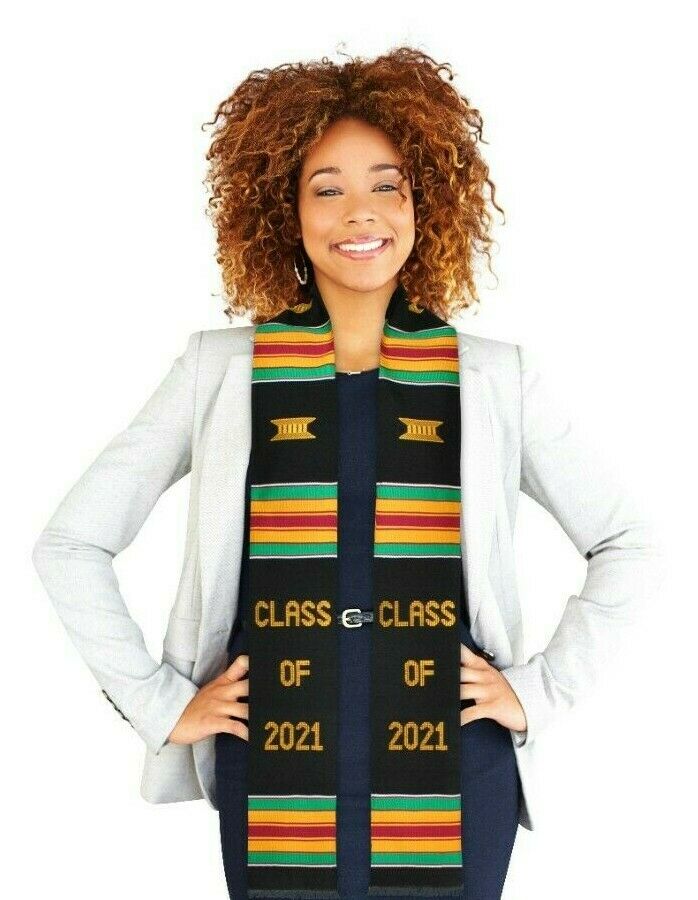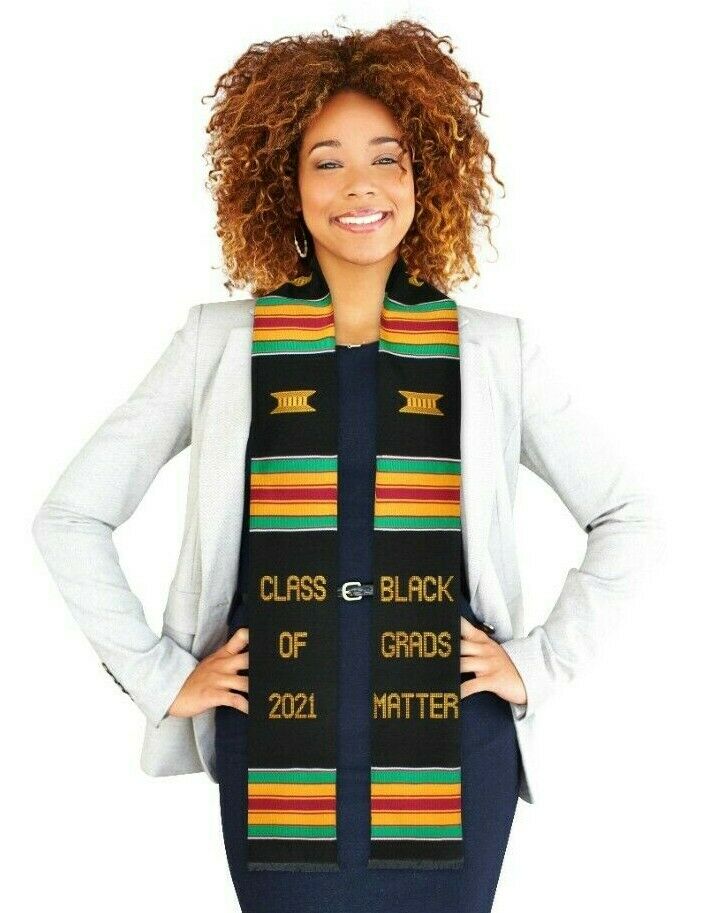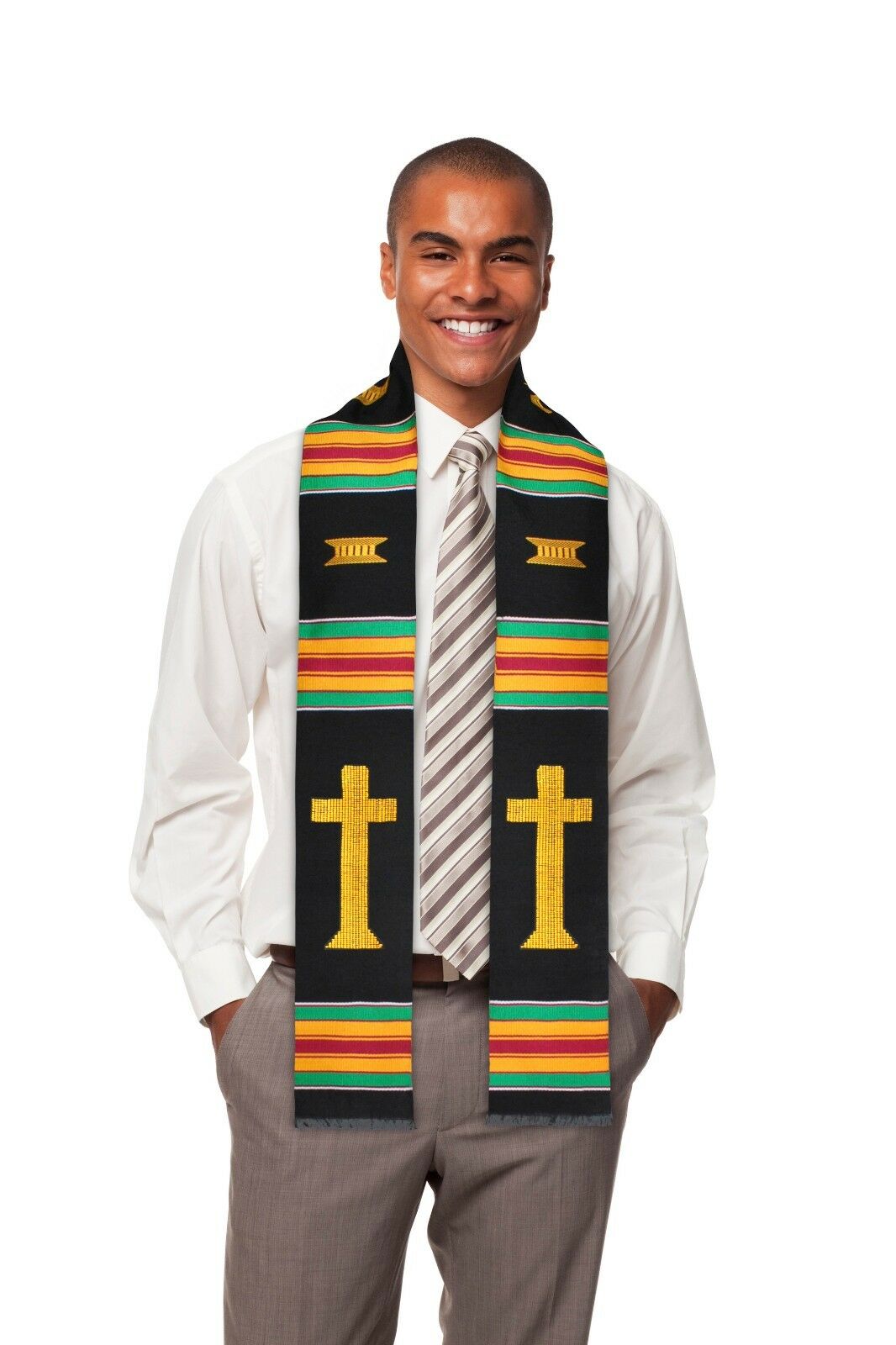-40%
African Kuba Textile Applique Matisse Style DR Congo 57.5" by 19"
$ 153.11
- Description
- Size Guide
Description
Kuba Textile Appliquéd Matisse Style DR Congo AFRICAType of Object:
Textile, Wall Hanging
Ethnic Group:
Kuba
Country of Origin:
DR Congo
Materials:
Raffia, Dyes
Dimensions:57.5" by 19"
Approximate Age:
late 20th Century/contemporary
Overall Condition:
Good
Additional Information:
This Kuba raffia textile has a combination of two techniques:appliqued and tie-dye. The borders are tie-dyed and the central strips have appliqued Matisse style pattern. The viewer's eye is most captivated perhaps by the center with colorful intriguing designs
"In sub-Saharan Africa, where representative art has flourished for centuries, carvers and crafts people have typically taken for their subjects human figures, animals, plants, and elements of the natural world. Abstract art, meanwhile, has remained marginal. The textiles of the BaKuba (Kuba) people of the Democratic Republic of Congo are an exception. Although part of a tradition that stretches back 400 years, Kuba textiles have a strikingly modern look. They use improvised systems of signs, lines, colors, and textures, often in the form of complex geometric rectilinear patterns. Their appliqués are reminiscent of works by 19th- and 20th-century masters like Matisse, Picasso, Klee, Penck, and Chellida. This is no coincidence: all of those artists were inspired by Kuba design!"
"Appliqué is the most popular weaving technique among the Kuba. To create an appliqué, Kuba artists use a stencil to cut decorative designs out of a brightly colored cloth, and then sew or apply the designs onto a cloth of a different color. The designs are then placed on top of yet another cloth. Through this process, the artist has the freedom to create an almost unlimited variety of patterns and combinations.""The most familiar appliqués are dark brown or black on an ecru background, a pattern which is sometimes seen in reverse. Other popular appliqués are red or yellow, or are placed on a red or yellow background. Appliqués can also be natural-on-natural (or occasionally red-on-red). The black-on-neutral embroidery which resembles an elaborate maze is the work of the Ngeende or Ngoongo."















